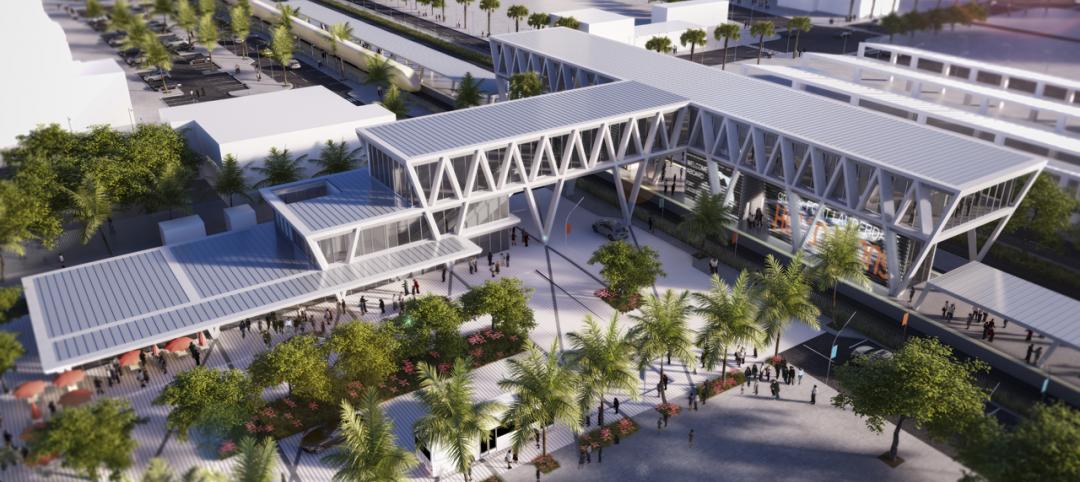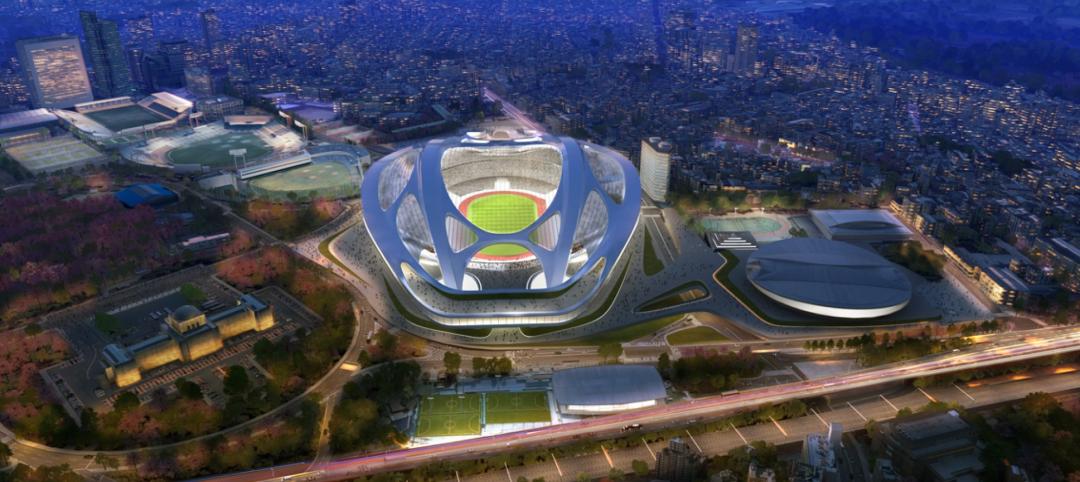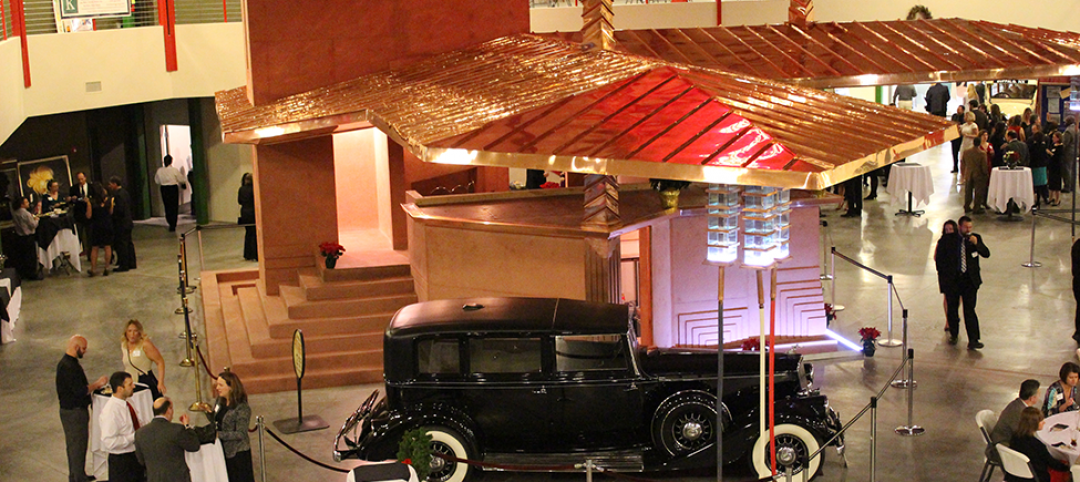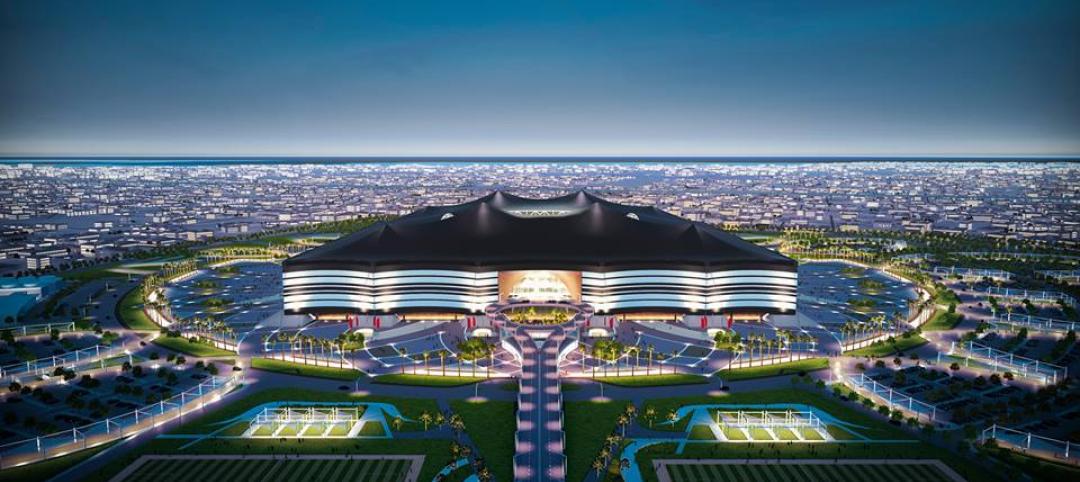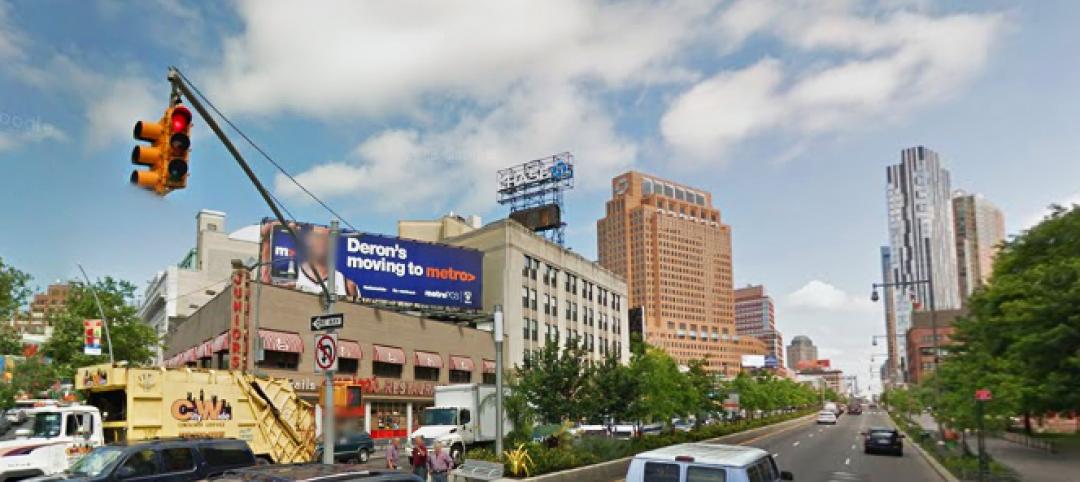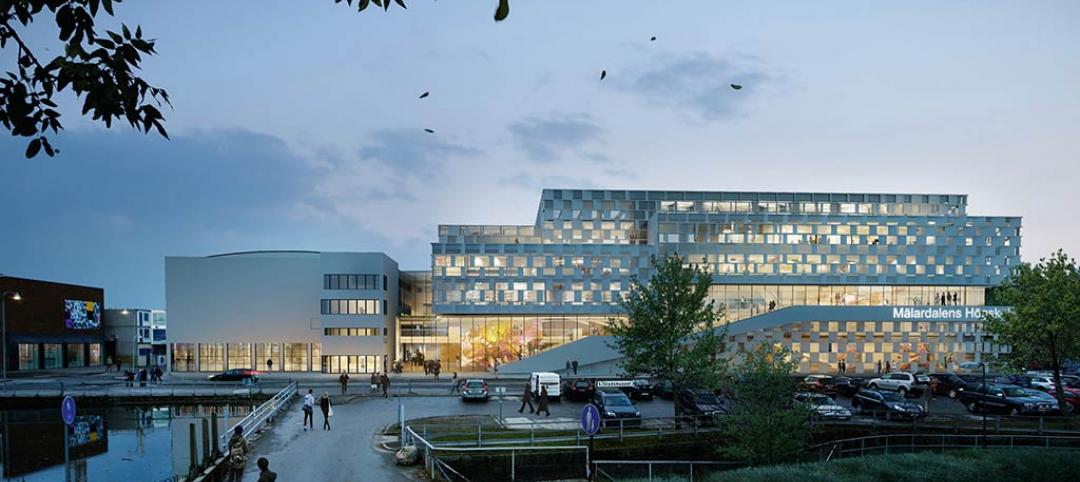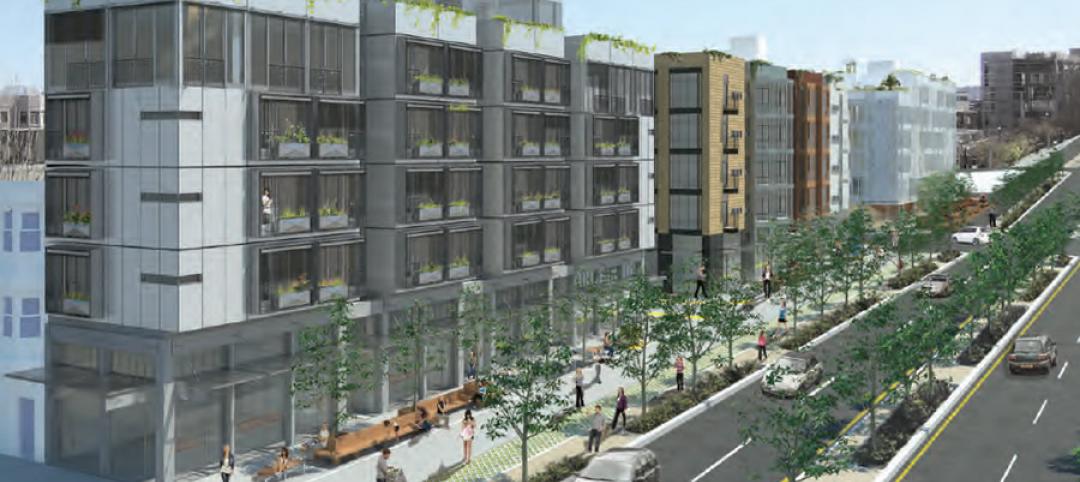More owners and developers are latching onto design-build as a preferred delivery method for projects large and small. And a new paper from FMI, the construction management consultant and investment banking firm, outlines how AEC firms and their clients that enter into such contracts are avoiding stress points that often bog down construction.
Drawing on FMI’s “2018 Design-Build Utilization” report, “the paper, “The Growing World of Design-Build,” written by FMI senior consultant Paul Trombitas, estimates that design-build project delivery will increase by 18% between 2018 and 2021, and comprise 44% of total construction spending, or the equivalent of $1.19 trillion over that four-year span.
A sustained emphasis toward educating owners and project stakeholders on the process and benefits associated with design-build has facilitated continued adoption and greater utilization industrywide. On the public side, increased design-build legislation has helped push the adoption of such projects. On the private side, owners tend to select design-build for unique and challenging projects that require lots of collaboration.
 Design-build is projected to account for 44% of all construction spending for the years 2018 through 2021. Image: FMI
Design-build is projected to account for 44% of all construction spending for the years 2018 through 2021. Image: FMI
Of the various customer segments that use design-build, manufacturing, road infrastructure, and education will represent the greatest percentage of design-build construction spending over the next three years, states FMI.
In addition to larger and more complex projects, design-build continues to expand into project sizes of less than $25 million, as owners continue to gain exposure to the benefits of the delivery method.
However, design-build has its own set of challenges that, according to FMI principal Bill Spragins, revolve around the differing roles assumed by the parties, the number of decisions that must be made simultaneously, and the increased speed of decision-making associated with compression of the design and construction cycle.
For example, a project is potentially set up fail when owners confine their use of this delivery method to procurement without aligning the decision-making and approval processes within the organization to meet scheduling needs. A project can also be derailed by misaligned expectations between the owner and design-builder regarding the level of control that the owner’s team retains over design decisions.
Consequently, for a design-build delivery method to work, specific parameters need to be established about project scope, scheduling, and who’s responsible for what.
FMI states that AEC firms looking to win design-build projects need to think strategically: What slices of the market are they targeting, who are the right customers, what services do they need, and how do these offerings set a firm apart from its competition?

FMI recommends that AEC firms take a customer-focused approach when trying to win design-build contracts. Image: FMI
FMI uses a “4C model” to illustrate the context of profitable growth. Its starts with defining the business “climate” that the AEC firm is operating in—from demographics to regulations—and then digging deeper into possible changes, expectations, and needs of customers
AEC firms need to find out what criteria owners use to select contractors. They also need to weigh their own strengths and weaknesses against competitors’ for a given project.
FMI singles out a number of steps for winning design-build projects:
•Build a compelling story about why your firm is right for the project
•Build a go-to-market strategy that defines customers before an RFP hits the street
•Think like a customer
•Find out what the customer wants and why it’s important.
•Put your time where your strategy is. Build in organizational capacity that’s centered on a key focus, such as spending time with customers in advance.
The paper provides some avenues for minimizing stress points that can arise during a design-build contract. Having early and continued alignment among all project owners and stakeholders can help remove or limit these issues.
Make sure you completely understand requirements or other bidding assumptions, particularly on design-build projects. Of the projects FMI studied, 25% fell victim to this. At times, even the owner won’t understand the true impact of some of the requirements that are written into the contract.
Make sure there are formal internal hand-off meeting(s) between estimating/preconstruction and project management/field operations. This should include subcontractor involvement in planning the work.
Within the design-build arena, public-private partnerships (P3s) have emerged as a way for public and private sector entities to align on the provision of assets and the delivery of services and then effectively manage that partnership. To assemble the most successful P3 project teams, contractors should:
•Build your expertise through strategic joint ventures. Pick your partners carefully.
•Plan comprehensively for project complexities. Be smart about your business decisions.
•Understand the cost and risk barriers to entry. You need deep pockets and a thick skin.
•Have a deep understanding of an owner’s “ecosystem.”
•Start building relationships with public officials and finance representatives now.
•Collaborate and innovate.
Related Stories
| Jul 9, 2014
First Look: SOM's design for All Aboard Florida Fort Lauderdale rail station
The lightweight and luminous design "responds to its setting and creates a striking infrastructural icon for the city," said SOM Design Partner Roger Duffy.
| Jul 8, 2014
Does Zaha Hadid’s Tokyo Olympic Stadium have a design flaw?
After being criticized for the cost and size of her stadium design for the 2020 Olympics in Tokyo, a Japanese architect points out a major design flaw in the stadium that may endanger the spectators.
| Jul 8, 2014
Frank Lloyd Wright's posthumous gas station opens in Buffalo
Eighty-seven years after Frank Lloyd Wright designed an ornamental gas station for the city of Buffalo, the structure has been built and opened to the public—inside an auto museum.
| Jul 7, 2014
A climate-controlled city is Dubai's newest colossal project
To add to Dubai's already impressive portfolio of world's tallest tower and world's largest natural flower garden, Dubai Holding has plans to build the world's largest climate-controlled city.
| Jul 3, 2014
Gehry edits Canadian skyscraper plan to be 'more Toronto'
After being criticized for the original tower complex, architect Frank Gehry unveils a new design that is more subtle, and "more Toronto."
| Jul 2, 2014
First Look: Qatar World Cup stadium design references nomadic heritage
Organizers of the Qatar 2022 World Cup, the Supreme Committee for Delivery and Legacy, recently unveiled designs for the second stadium.
| Jul 2, 2014
SHoP designs what would be Brooklyn's tallest building
JDS Development partners with SHoP to construct a 70-story building at 775-feet tall, unprecedented for downtown Brooklyn.
| Jul 1, 2014
Winning design by 3XN converts modernist bathhouse to university library
Danish firm 3XN's design wins competition for a new educational facility for Mälardalen University in Sweden, which will house a library, communal spaces, and offices for 4,500 students and staff.
| Jun 30, 2014
Philip Johnson’s iconic World's Fair 'Tent of Tomorrow' to receive much needed restoration funding
A neglected Queens landmark that once reflected the "excitement and hopefulness" at the beginning of the Space Age may soon be restored.
| Jun 30, 2014
Narrow San Francisco lots to be developed into micro-units
As a solution to San Francisco’s density and low housing supply compared to demand, local firms Build Inc. and Macy Architecture each are to build micro-unit housing in a small parcel of land in Hayes Valley.



